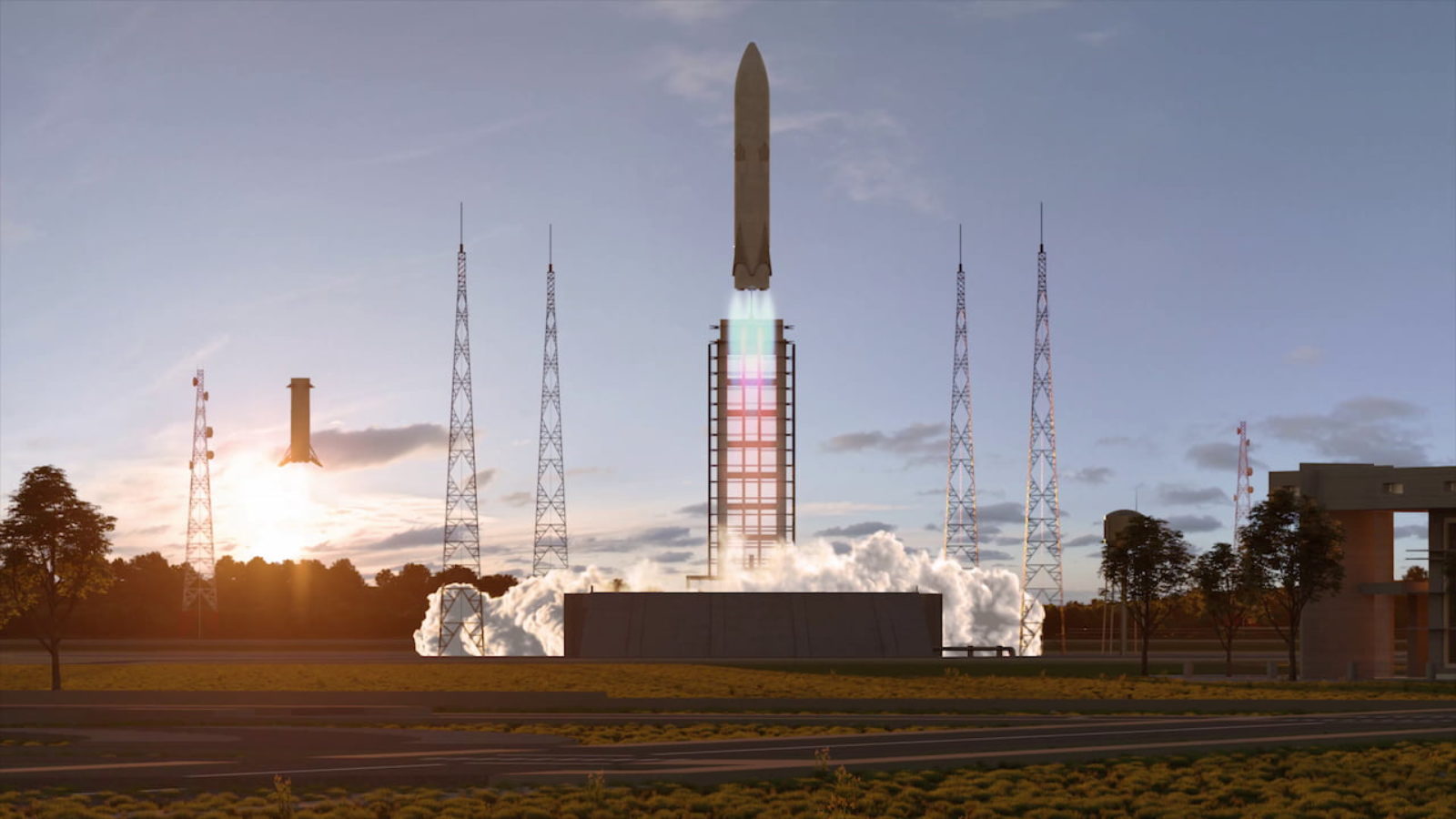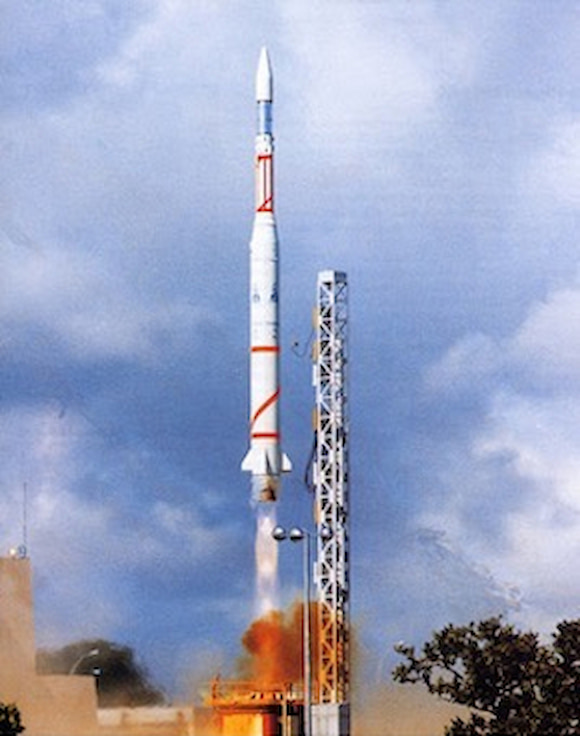
Rotate your tablet
for a better experience


Rotate your tablet
for a better experience

Refurbishment work began last year on the historic launch complex at the European Spaceport in French Guiana
Kourou, 10 March 1970, the first rocket blasts off from French Guiana. This launch of the Diamant rocket, from the eponymous launch pad complex, will be the first chapter in Europe’s great space story. The Diamant complex was in operation from 1970 to 1975, and after that the Ariane 1 Launch Complex 1 (ELA 1) took over and the Diamant infrastructures were mothballed. That was in 1978.

Launch by French space agency CNES of the Diamant rocket, the brainchild of SEREB, the precursor of ArianeGroup, from French Guiana
In 2019, ArianeWorks – the acceleration platform established by ArianeGroup and the French space agency CNES – was set up to design the launchers of tomorrow and in particular to work on the Themis project for a European reusable, low-cost first stage demonstrator. But the question then was where could this demonstrator lift off from and land? As each launch complex is highly specific, the debate was whether to create a new one or overhaul an existing one.
At the European Spaceport in Kourou, French Guiana, various sites are currently in operation, such as the Ariane 5 and Vega launch sites, but others are no longer in service, such as the Ariane 4 (ELA 2) site, which has been repurposed for other operational activities since Ariane 4’s final mission.
“The Diamant site proves to be ideal for refurbishment. It is both far enough away from the facilities in operation (1 km from the perimeter of the Ariane 5 activities), but close enough not to create additional personnel and property protection issues,” says Henri Kong from ArianeWorks, in charge of ground operations since 2019.
Reusing a site that has already seen service serves to minimize the ecological footprint, as well as saving time and resources. However, a complete refurbishment of the site needs to overcome numerous obstacles, notably local climatic conditions which over the past 40 years have made serious damaged to the infrastructures. Plus, there are two main seasons in French Guiana (dry and wet) and large-scale engineering and construction projects can only be carried out during the dry season.
One advantage of refurbishing and reusing this site, looking to accommodate future activities, is that it could be used for different purposes, which in turn means considerable savings in utilities. The base part, housing resources common to all launchers (radar, telemetry, control center), will be identical to those of the other launchers being operated.
The construction phases will be starting in the very near future. Laura Appolloni, head of ground systems and operations at ArianeWorks, explains: “At the end of 2020, the disused buildings were demolished, and we kept only the integration building. Then in 2021, the utilities (electrical networks, water systems) were improved, modernized and expanded.” The next step is putting in the concrete slabs for the launch pad.
For Themis, which is larger than the existing integration building (which can be seen at left on the photo above) allows for, a prefabricated mobile building will be installed. This is a simpler infrastructure, which will be used primarily during the test phases. It should be ready by 2023.
Quite apart from the strategic benefits, the team is also delighted to see this refurbishment, for sentimental reasons. In the words of Laura Appolloni: “Seeing this return to service of the site which was the birthplace of space activities in French Guiana is a powerful moment for all of us who are fans of space.”
Ahead of flight testing in 2023, Themis will have to pass several milestones, notably tests at ArianeGroup’s Vernon site.
ArianeGroup wishes to thank Emline Deseez from CNES and Henri Kong and Laura Appolloni from ArianeWorks for their contributions.